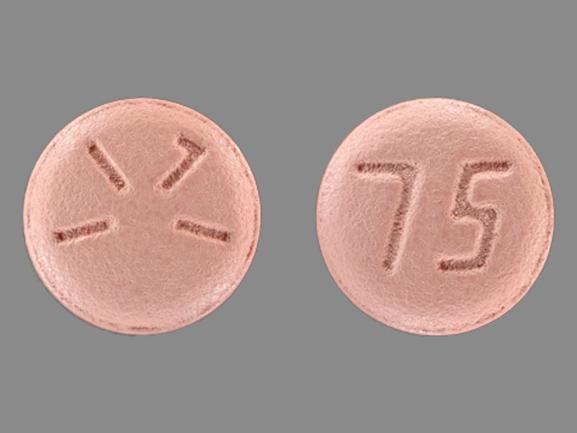Plavix Disease Interactions
There are 3 disease interactions with Plavix (clopidogrel).
Clopidogrel (applies to Plavix) bleeding
Major Potential Hazard, Moderate plausibility.
Clopidogrel is contraindicated in patients with active pathological bleeding such as peptic ulcer or intracranial hemorrhage.
References
- "Product Information. Plavix (clopidogrel)." Bristol-Myers Squibb PROD (2001):
Clopidogrel (applies to Plavix) liver disease
Moderate Potential Hazard, Moderate plausibility.
The pharmacokinetic disposition of clopidogrel in patients with liver disease has not been established. Clopidogrel undergoes biotransformation to an active metabolite that has not yet been isolated and an inactive form that represents approximately 85% of circulating clopidogrel. The metabolic and therapeutic activity of clopidogrel may be altered in patients with hepatic impairment and should be administered cautiously in patients with severe hepatic dysfunction. Clinical monitoring of hepatic function and bleeding activity is recommended.
References
- "Product Information. Plavix (clopidogrel)." Bristol-Myers Squibb PROD (2001):
Clopidogrel (applies to Plavix) renal dysfunction
Minor Potential Hazard, Low plausibility.
Clopidogrel is partially eliminated by the kidney. Approximately 50% of clopidogrel is excreted in the urine and 45% in the feces. Plasma concentrations of the inactive metabolite and the degree of platelet inhibition are reduced in patients with severe renal impairment (creatinine clearance of 5-15 mL/min). However, bleeding times in patients with severe renal impairment did not differ from those with normal renal function. No dosage adjustment is recommended for patients with compromised renal function.
References
- "Product Information. Plavix (clopidogrel)." Bristol-Myers Squibb PROD (2001):
Plavix drug interactions
There are 250 drug interactions with Plavix (clopidogrel).
More about Plavix (clopidogrel)
- Plavix consumer information
- Check interactions
- Compare alternatives
- Pricing & coupons
- Reviews (69)
- Drug images
- Latest FDA alerts (7)
- Side effects
- Dosage information
- Patient tips
- During pregnancy
- Generic availability
- Support group
- Drug class: platelet aggregation inhibitors
- Breastfeeding
- En español
Related treatment guides
Drug Interaction Classification
| Highly clinically significant. Avoid combinations; the risk of the interaction outweighs the benefit. | |
| Moderately clinically significant. Usually avoid combinations; use it only under special circumstances. | |
| Minimally clinically significant. Minimize risk; assess risk and consider an alternative drug, take steps to circumvent the interaction risk and/or institute a monitoring plan. | |
| No interaction information available. |
Further information
Always consult your healthcare provider to ensure the information displayed on this page applies to your personal circumstances.


